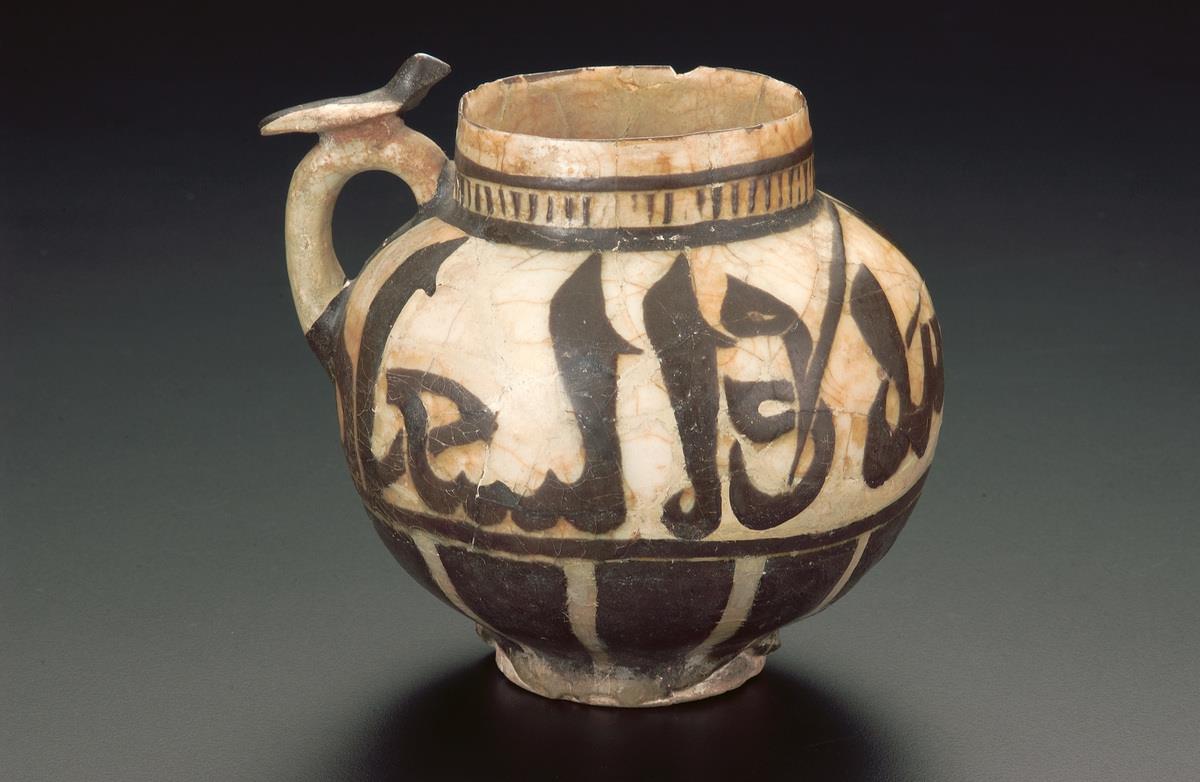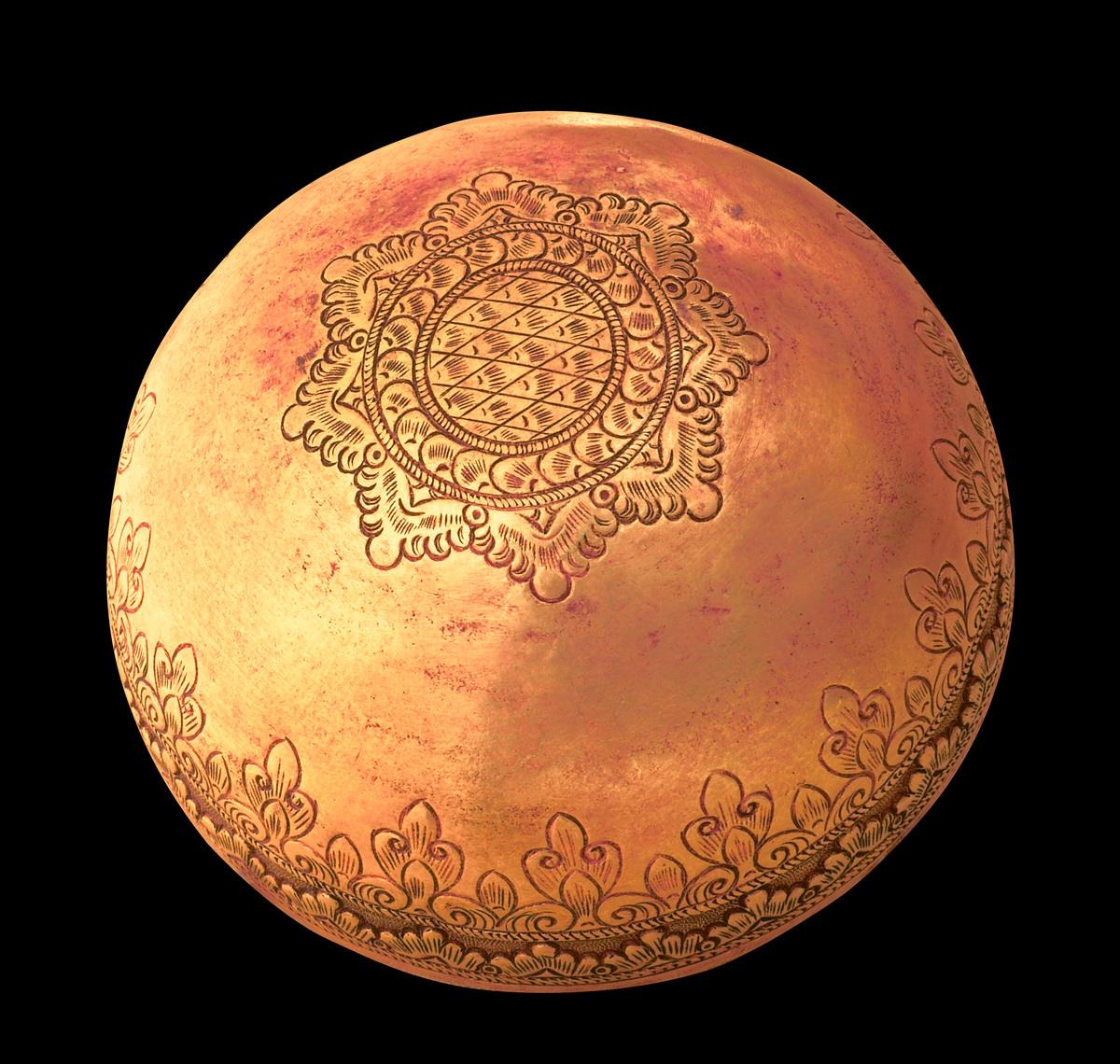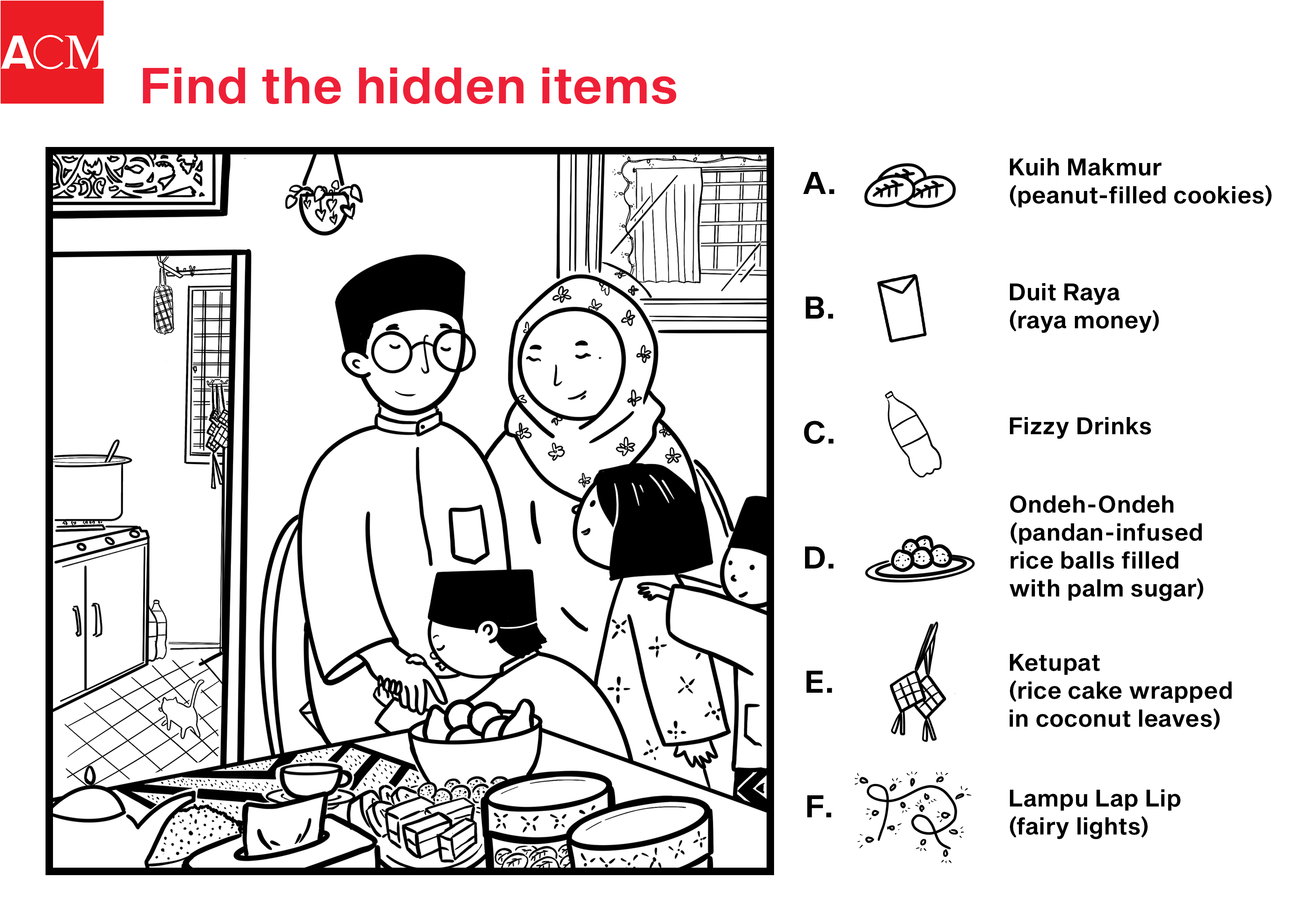This May, LET’S LEARN ABOUT…Hari Raya Puasa!
Taking place on 13 May this year, this festival is also known as Eid al-Fitr (Festival of Breaking the Fast) and is celebrated by Muslims all over the world. It falls on the first day of Syawal, the 10th month in the Islamic calendar, marking the end of Ramadan, the 9th month.
Fasting (known locally as puasa in Malay) is one of the five pillars of Islam. During Ramadan, Muslims willingly stop eating and drinking between sunrise and sunset as a way to train control of their impulses and desires. They are also encouraged to spend time on good deeds and religious duties such as praying and reading the Quran – the Holy Book in Islam.
Muslims in Singapore are of various cultural backgrounds. Many come from the Malay community, which is why some of the most well-known Hari Raya Puasa customs are Malay ones. Let’s look at some of the things our Malay-Muslim friends do to mark this day of celebration:
- Praying at a mosque
Muslims begin Hari Raya Puasa with a trip to the mosque to perform a special prayer for Eid al-Fitr. This prayer is the core religious ritual of the day. It is typically carried out at a mosque but can be conducted elsewhere in a group.
2. Visiting relatives
On Hari Raya Puasa, it is customary for Muslims to visit parents and elders to ask for forgiveness for any wrongs they may have committed over the past year. Many will then go on to visit other relatives and friends. This visiting can go on for the entire month of Syawal for those with large extended families.
3. Share a meal with family
No celebration in Singapore would be complete without delicious food. Malay-Muslim families prepare mouth-watering spreads that usually include Malay specialities like beef rendang (beef cooked with coconut milk and spices), ketupat (rice cake wrapped in coconut leaf), and sayur lodeh (vegetables cooked in coconut milk gravy). Sweet treats such as kuih makmur (peanut cookies) and kuih tart (pineapple tarts) are also served.
4. Buy or sew new clothes
A special day calls for a special outfit! Men and women often put on new, colourful clothes; some families even colour coordinate their outfits to match one another. In some instances, especially in the past, families might sew their own Hari Raya clothes, using the same fabric. This naturally resulted in a matching set of outfits. Men dress in baju Melayu (a long-sleeved shirt and trousers) while women decked themselves out in baju kurung (knee-length blouse worn over a skirt).
LET'S LOOK AT SOME OBJECTS IN OUR GALLERIES
|
Quran folio
Syria or northern Africa, 8th or 9th century
Ink on parchment
Inscription: Quran 21:85–88, Surat al-Anbiya (The Prophets)
1999-00214
|
This page comes from one of the oldest surviving copies of the Quran in the world, dating to the 8th century. Its words have been written in an early form of kufic, a special script used only for copies of the Quran until the 11th century. Given its sacred status, Muslims take care to ensure that the Quran is written as beautifully as possible.
Islam has grown rapidly since this ancient volume was first bound. Today, millions of copies of the Quran are printed each year and Eid-al-Fitr is celebrated by 1.8 billion Muslims globally. You can view this folio along with others in the Islamic Art Gallery.
.jpg?h=234&w=350) |
|
Quran stand
India, 19th century
Wood
2005-01508
|
The Quran is the Holy Book in Islam. Because it is such a sacred text, it is never placed on the floor but rather read on a cushion or held on a stand so as to show proper respect for the book. These stands – like the one here carved from wood – are often decorated with flowers and geometric patterns.
Qurans come in various sizes. There are ones for personal reading and oversized versions for reading in a large public gathering. When open like in the photo, the stand has a height of about 75 cm, as tall as a standard desk in a Primary school classroom. What size Quran was this stand made to hold? Take a look at it in our Islamic Art Gallery on Level 2 next time you're in ACM.
 |
|
Calligraphic jug
Iran, probably Kashan, late 12th century
Glazed and slip-painted fritware
2011-02268
|
Can you read the beautiful calligraphy on this jug? It says, “Glory and generosity and happiness”. These are qualities a host is expected to display when welcoming guests. The sumptuous spread of food you might find at a Hari Raya Puasa feast shows the generosity of the host, for instance.
Texts written on everyday objects also serve decorative purposes and tend to be less religious in nature. Take a closer look at this jug in the Islamic Art Gallery on Level 2.
 |
|
|
Bowl
Riau-Lingga Archipelago, mid-19th century
Suasa (gold alloy)
2007-00893
|
This golden bowl (batil) is part of a ceremonial dining set from the Riau Islands in Indonesia. The intricate patterns on the bowl’s underside were inspired by plants and flowers in the region. It may have been used to hold water for rinsing fingers before or after eating. Using the right hand to eat is a traditional custom among many Malay and Muslim communities, especially those in Southeast Asia. Have you ever tried eating with your hands?
You can find this bowl in our Ancestors and Rituals Gallery on Level 2.
PLAY
This scene shows children asking their parents for forgiveness before collecting their duit raya (Raya money) on the morning of Hari Raya Puasa. Can you find the listed items in this picture?
Please click here to view a larger version of the image below.

Please click here for the answers.
CREATE
Let’s wish our Muslim friends ”Selamat Hari Raya Aidilfitri” by making greeting cards for them! You can also learn more about this holiday by asking your friends about their plans for celebrating Hari Raya Puasa. Have fun and tag us @ACM_SG #LearningatACM for a chance to get your card featured.
EXPLORE
Find out more about Hari Raya Puasa in our online programme (from 13 May 2021).
Head to NHB’s one-stop heritage portal Roots.sg to read more about the objects featured:
Quran folio
Quran stand
Calligraphic jug
Bowl
Want more of these resources? Come back to learn new things every month.
Missed a monthly post? Not to worry, we keep past topics here for you.
What else would you like to learn about? Tell us here.
There’s more!
Check out other videos and download e-resources inspired by the objects in ACM’s collection.